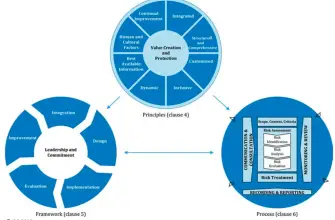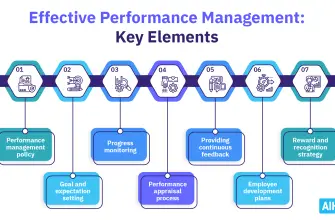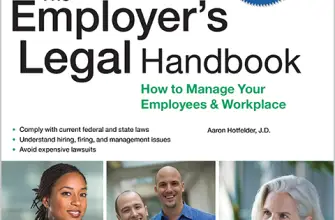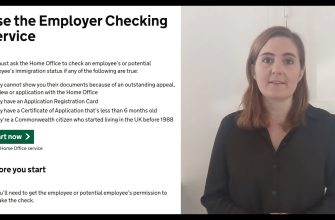Age discrimination, also known as ageism, is a pervasive issue in many workplaces across the globe, including the United Kingdom. It refers to the unfair treatment of individuals based on their age, often resulting in negative impacts on their career progression, job security, and overall workplace experience. This article aims to provide a practical guide and insights on confronting age discrimination in UK workplaces, highlighting the signs of unfair treatment at work, examples of age discrimination, and strategies on how to deal with ageism.
Understanding Age Discrimination
Before delving into the specifics, it’s crucial to understand what age discrimination is. Age discrimination in the workplace occurs when an employee or job applicant is treated less favourably because of their age. This could manifest in various ways, such as being passed over for promotions, receiving fewer training opportunities, or being subjected to derogatory comments about one’s age. The Age Discrimination in Employment Act and the Age Discrimination Act in the UK are designed to protect individuals from such discriminatory practices.
Signs of Age Discrimination in the Workplace
Identifying age discrimination can be challenging, as it often manifests subtly. However, there are several signs of unfair treatment at work that could indicate age discrimination:
- Exclusion from meetings or projects
- Receiving negative comments or jokes about your age
- Being passed over for promotions in favour of younger colleagues
- Receiving fewer training or development opportunities
- Being targeted for redundancy or dismissal
These are just a few examples of age discrimination in the workplace. It’s important to note that any form of discrimination based on age is illegal under UK law.
Examples of Age Discrimination
To further illustrate the issue, here are some age discrimination examples:
- A company only offering internships to recent graduates, thereby excluding older individuals who may be looking to change careers.
- A manager consistently giving high-profile projects to younger team members, while older employees are left with less significant tasks.
- An employer making redundant only the older employees in a company restructuring, while younger employees with less experience are retained.
- A job advertisement stating a preference for ‘young and energetic’ candidates, thereby discouraging older individuals from applying.
These examples of age discrimination in the workplace highlight the various ways in which ageism can manifest. It’s important to remember that age discrimination can affect both older and younger workers.
Confronting Age Discrimination
Confronting age discrimination requires a multi-faceted approach. Here are some strategies on how to deal with ageism:
- Document incidents: Keep a record of any incidents of age discrimination, including dates, times, locations, people involved, and what was said or done. This can serve as evidence if you decide to take further action.
- Speak up: If you feel comfortable, address the issue directly with the person involved or your supervisor. They may not be aware that their actions are discriminatory.
- Seek support: Reach out to colleagues, friends, or family for emotional support. You can also contact trade unions or legal advisors for professional advice.
- Report the issue: If the discrimination continues, report the issue to your HR department or consider filing a complaint with an employment tribunal.
Remember, it’s important to take care of your mental health during this process. Dealing with discrimination can be stressful and emotionally draining.
Creating an Age-Inclusive Workplace
Employers also have a role to play in combating age discrimination. Here are some steps they can take to create an age-inclusive workplace:
- Implement clear policies: Employers should have clear policies in place that prohibit age discrimination and provide guidelines on how to report it.
- Provide training: Regular training sessions can help employees understand what constitutes age discrimination and how to avoid it.
- Promote diversity: Employers should strive to create a diverse workforce that includes individuals of all ages. This can help to challenge stereotypes and promote mutual respect.
- Monitor and review: Employers should regularly review their policies and practices to ensure they are effective in preventing age discrimination.
By taking these steps, employers can help to create a workplace environment where all employees, regardless of their age, feel valued and respected.
Conclusion
Age discrimination is a serious issue that can have significant impacts on individuals and workplaces. However, by understanding what constitutes age discrimination, being aware of the signs, and knowing how to confront it, individuals can take steps to protect their rights. Similarly, employers can play a crucial role in creating an age-inclusive workplace where everyone is treated fairly and with respect. Remember, age is just a number and should never be a barrier to equal treatment and opportunities at work.








